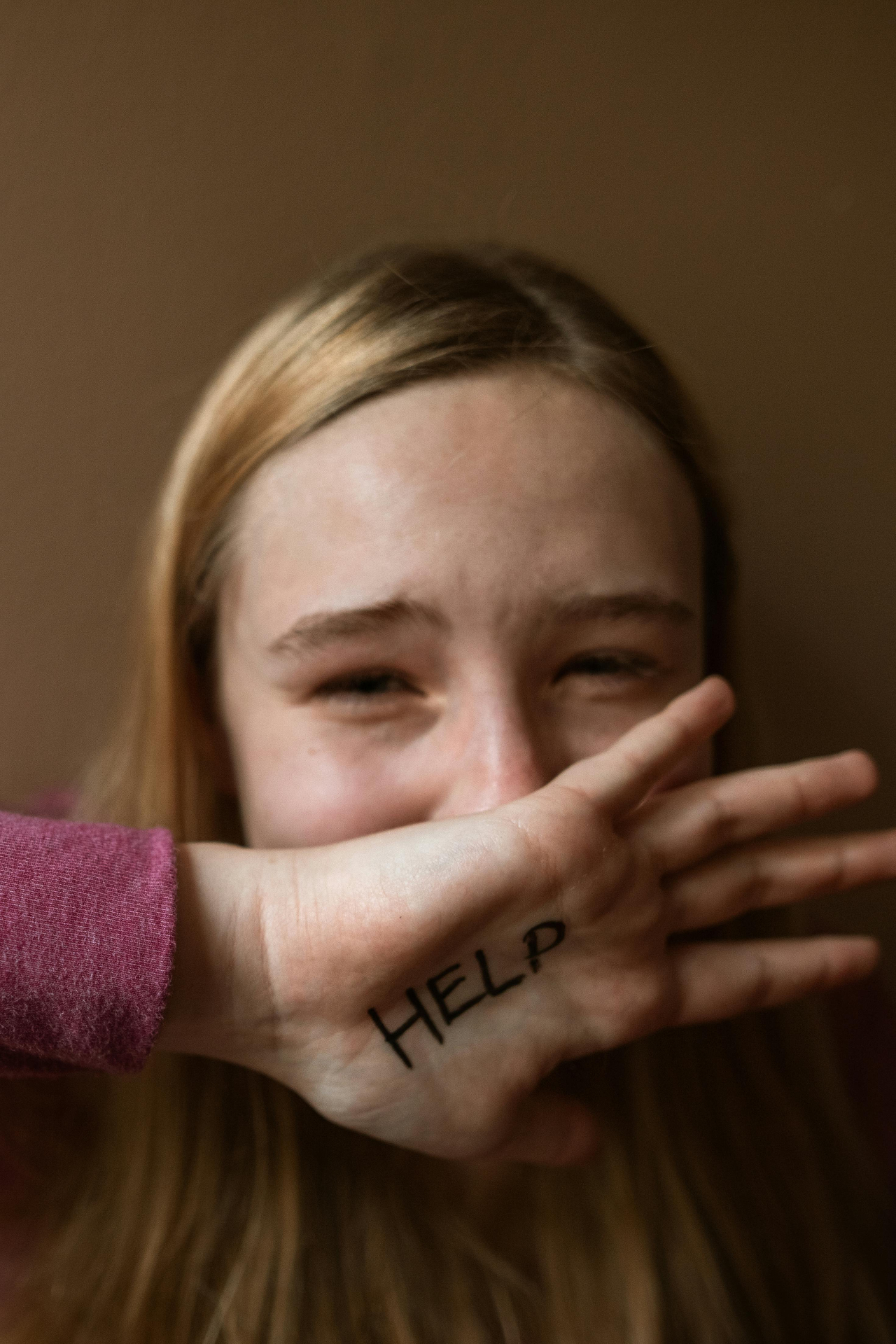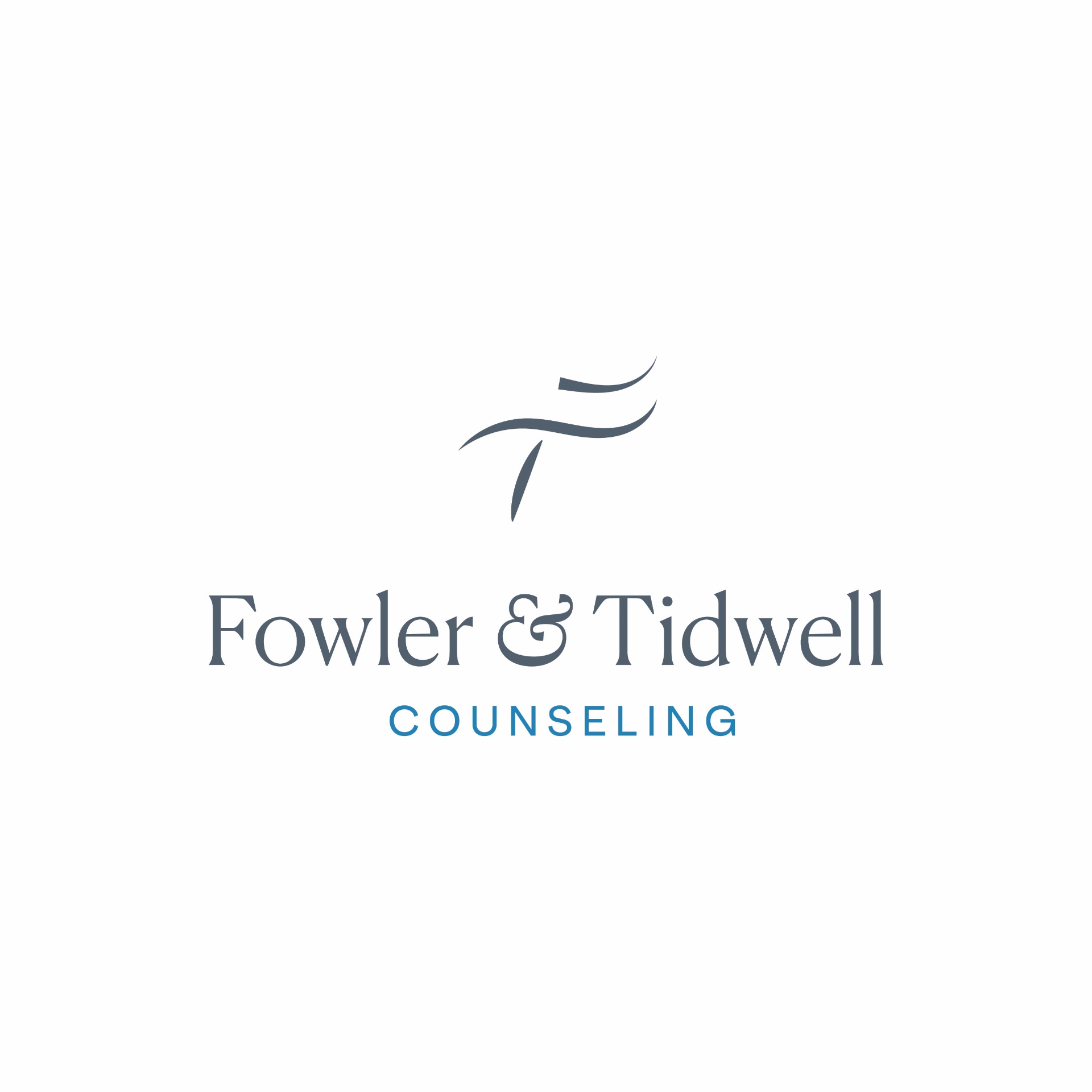Subtle Signs of PTSD

Over my years as a therapist, I have come to understand that there is a popular concept of PTSD that often looks very different from the actual disorder. When my friends talk about a trauma response, they often reference what I like to call “Hollywood PTSD”, which is the image of the disorder that has been portrayed in movies and popular media going back to World War II. These versions of PTSD often center on nightmares, flashbacks, angry outbursts, hallucinations, or a fear of confined spaces. All of these issues can be part of PTSD, but the disorder also has subtler, less overt signs and symptoms that my clients often overlook or misconstrue as a single, uncomplicated disorder. Seeking treatment for these symptoms can be frustrating, as they do not respond to most standard methods being applied because the real, underlying disorder, PTSD, is not being addressed.
1. Sleep issues and sleep disruptions
Insomnia, sleep paralysis, or sleep hallucinations can be common with PTSD, and they may be the primary motivation for people to seek treatment, often from a primary care physician. They may view the sleep disorder as the sole problem and make it the primary focus of their care. It may be addressed with medication, lifestyle changes, improved sleep hygiene, or alterations to their sleep environment. These measures may provide some temporary relief or offer intermittent improvement, but the struggle for quality sleep that provides genuine rest often endures. As a result, a sleep study may be recommended to identify physical reasons for the problem or neurological explanations for muscle tension and visual/auditory disruptions. Because these problems happen independently of nightmares or disturbing, intrusive thoughts, PTSD may not be considered as a possible diagnosis. In short, the wrong disorder gets treated.
2. Brain fog and mental disconnection
It is not uncommon for people with PTSD to experience moments of confusion, disorientation, and momentary disruptions in social functioning. These problems present as difficulty concentrating, inability to follow conversations, and struggles with short-term memory. People may blank out while driving and have no recollection of how they got from work to home. A person may struggle to “find a word” during a stressful conversation. Someone may be unable to prioritize tasks into a basic “To Do List” for their workday. Walking into a room with no memory of what motivated that decision is also pretty common. These issues may be linked to the sleep problems that come with PTSD, and the resulting mental impairment, but they can also be stress responses that happen when faced with even minor external triggers. An overwhelmed brain does not always react with an anxiety attack or an outburst. Sometimes, there is a small glitch or shut down that passes quickly and gets dismissed more easily than it should. To address these problems, someone may double down on “getting more rest”, start taking a supplement to improve memory, invest in a book on life hacks, or begin a meditation practice. These changes can offer minor improvement in performance but do not target the central problem. A treatment provider may misdiagnose the issue as ADHD or ADD and target that disorder as the primary issue.
3. Irritability or feeling chronically “on edge”
There can be a constant discomfort that comes with PTSD, a literal sense of physical dis-ease that may last for minutes or hours. One of my clients described his reaction to being outside after dark as “like bugs under the skin”. Another dealt with a “rock in the chest” that appeared every afternoon during her workday. Both admitted being irritable and reactive during these episodes, like their physical sensations were too intense for their bodies to contain. Another client shared that the only place she could feel truly relaxed was at home, and every time she left her muscles would slowly start to tense up, leaving her exhausted and emotionally overwhelmed by the end of every day. The relief of being back in her “safe space” was so intense that she would burst into tears if her partner did anything to “take away” that relief, no matter how minor or unintentional. These types of experiences with emotional dysregulation and frustration with others can be overlooked, dismissed as situational stress, or attributed to “too little sleep”. People may pursue treatment for anxiety, start a stress-reduction program, or seek couple’s therapy, all of which may offer some benefit but no real resolution to the symptoms.
4. Feelings of guilt or shame that make it very hard to access “positive emotions”
One of the most insidious aspects of PTSD, in my experience, is the way that the disorder robs people of the ability to connect with “positive” emotions while leaving them with a special talent for over-accessing the “negative” ones. A constant sense of “not deserving” happiness, joy, laughter, pleasure, or hope is not uncommon with PTSD, and the underlying cause may be an over-inflated sense of responsibility for a traumatic or painful event. The person may be so locked into a story of their own culpability for a bad thing happening that guilt becomes their dominant emotion. When someone presents with this “I did a bad thing” narrative, I can usually challenge that narrative, which reduces the sense of responsibility and thus chips away at the guilt, allowing the “positive” feelings to start becoming more accessible. When a person is mired in shame, the story they are carrying is often much bleaker. Instead of feeling they “did” a bad thing, they often hold the belief, “I am the bad thing”. Helping them to create a more balanced perception of their role in a traumatic experience can support them to once again embrace their “positive” emotions. Unfortunately, when PTSD is not considered as a possible diagnosis, this chronic guilt or shame may lead to treatment for depression, low self-esteem, or social anxiety, which may not resolve the dysfunctional patterns.
As a culture, our understanding of PTSD is still evolving and changing, especially as the signs and presentations of the disorder become better understood. Not every case of PTSD presents as the “Hollywood” version. Some people’s experience with the disorder do mimic that model, but others may be plagued with the subtler, less overt version where the signs are more discrete. The PCL-5, a primary diagnostic tool for PTSD, may not be administered by a clinician who suspects depression, social anxiety, low self-esteem, or uncomplicated insomnia. This assessment can be found online (https://www.ptsd.va.gov/ professional/assessment/documents/PCL5_Standard_form.pdf) and can be scored quickly and easily by hand. A total of 28 indicates some symptoms of PTSD. A score of 35 or above suggests that targeted treatment for PTSD may be warranted.
Written by Deanna Diamond, LPC

